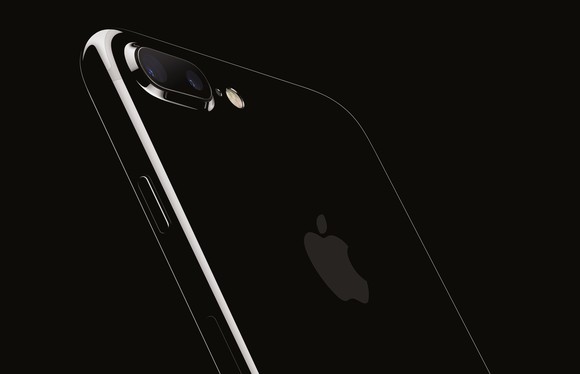Scale and efficiency drive Apple’s industry-leading profitability.
What isn’t often talked about — even in the financial media — is why Apple’s iPhone franchise (and, indeed, Apple itself) is so incredibly profitable.
I think this is an important topic for investors, and even simply individuals interested in the smartphone business, to understand. To that end, I’d like to explain.
How are profits calculated?
There are several types of profit, or income, that you should be aware of. There’s gross profit, operating profit, and net profit.
Gross profit refers to the amount of money that the company gets to keep from the sale of each product after cost of goods sold — think of that as the per unit production cost — is subtracted from the selling price of the product.
A concrete example: if I sell a smartphone for $150 that costs me $100 to make, then my gross profit is $50. My gross profit margin percentage in this case is the ratio of gross profit ($50) to selling price ($150), or 33%.
You’ll notice that while gross profit is an interesting metric, it doesn’t consider another critical financial factor: operating expenses. A company like Apple must constantly invest in research and development to bring new products into the world and there are other expenses such as product marketing, administrative functions, and so on.
Operating profit, then, can be thought of as gross profit less operating expenses.
Finally, there’s net profit. You can think of this as operating profit with some other factors baked in including tax liabilities, losses/gains from investments, one-time accounting charges, and so on.
With that background in mind, we can now understand why Apple is so profitable.
High revenue, solid gross profit margins, and relatively low operating expenses
In its last fiscal year, Apple reported net revenue of $215.64 billion — a substantial sum. On that revenue, it generated gross profit of $84.26 billion. Its operating expenses, split between research and development (R&D) and sales, general, and administrative (SG&A), totaled $24.24 billion.
As a simple calculation shows, Apple generated $60 billion in operating income and, less taxes and including in “other income,” its net income worked out to $45.69 billion.
From these numbers, the key to Apple’s profitability is clear: extremely high revenues, a robust gross profit margin percentage on that revenue, and relatively low operating expenses as a percentage of revenue (enabled in no small part by the fact that its revenue base is so huge).
What’s particularly impressive is that the company is able to move north of $200 billion in product with an SG&A budget of just shy of $14.2 billion.
In contrast, Apple rival Samsung (NASDAQOTH:SSNLF) generated roughly $179 billion in total revenues last year (it’s worth noting that Samsung’s business is more diversified than Apple’s) but it needed to spend roughly $47 billion in SG&A to get to that level of revenue.
In other words, Apple’s sales and marketing organization is effective and its brand so powerful that Apple can spend a fraction of what its fiercest competitor does and still generate more revenue.
Apple’s a well-run business
One thing is crystal clear: Apple is a phenomenally run business that gets a lot of mileage from its operating expenses. Its ability to build desirable products and effectively market them in such an efficient manner is highly impressive and, should Apple keep it up, could serve to generate additional shareholder value in the future.
Ashraf Eassa has no position in any stocks mentioned. The Motley Fool owns shares of and recommends Apple. The Motley Fool has the following options: long January 2018 $90 calls on Apple and short January 2018 $95 calls on Apple. The Motley Fool has a disclosure policy.














